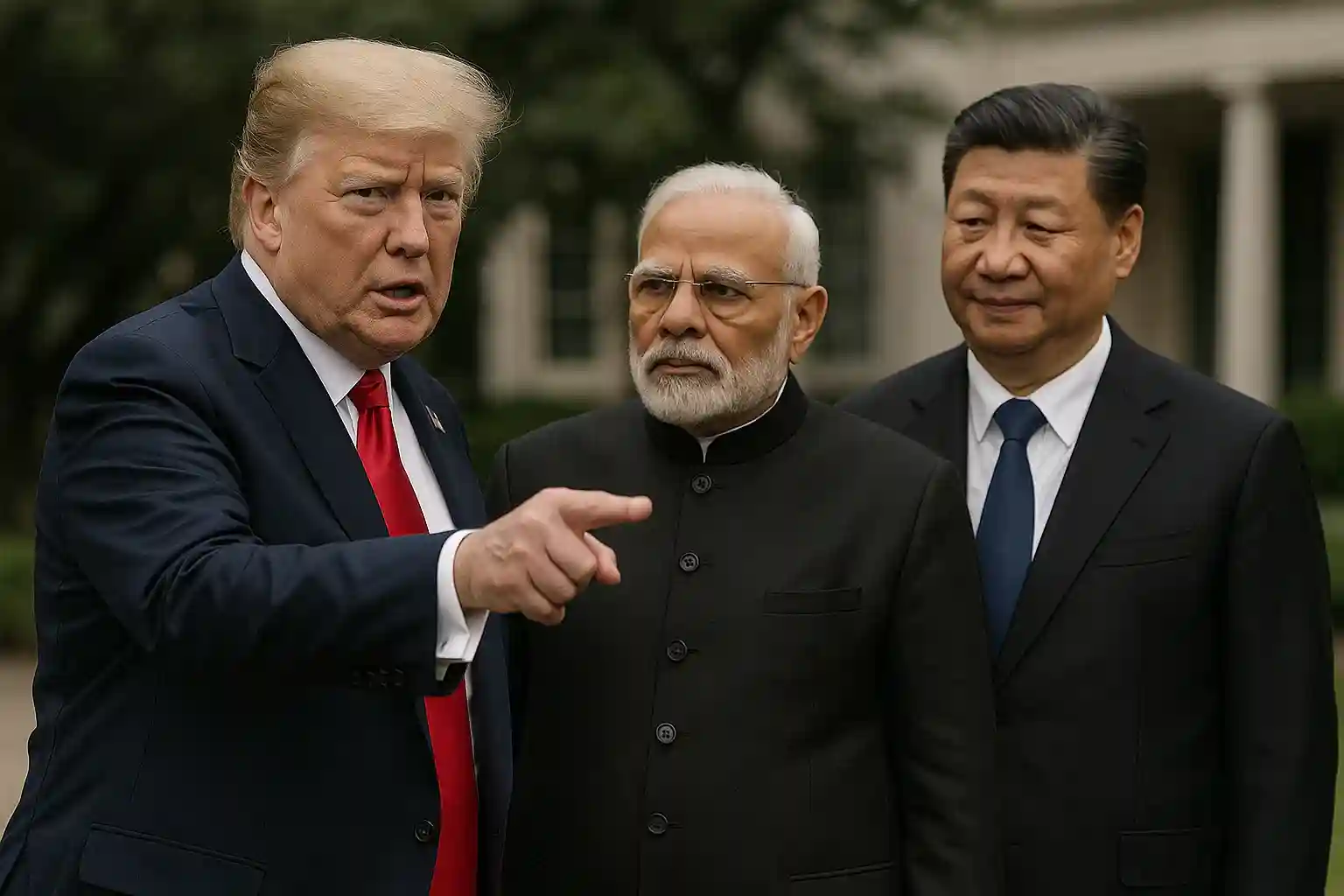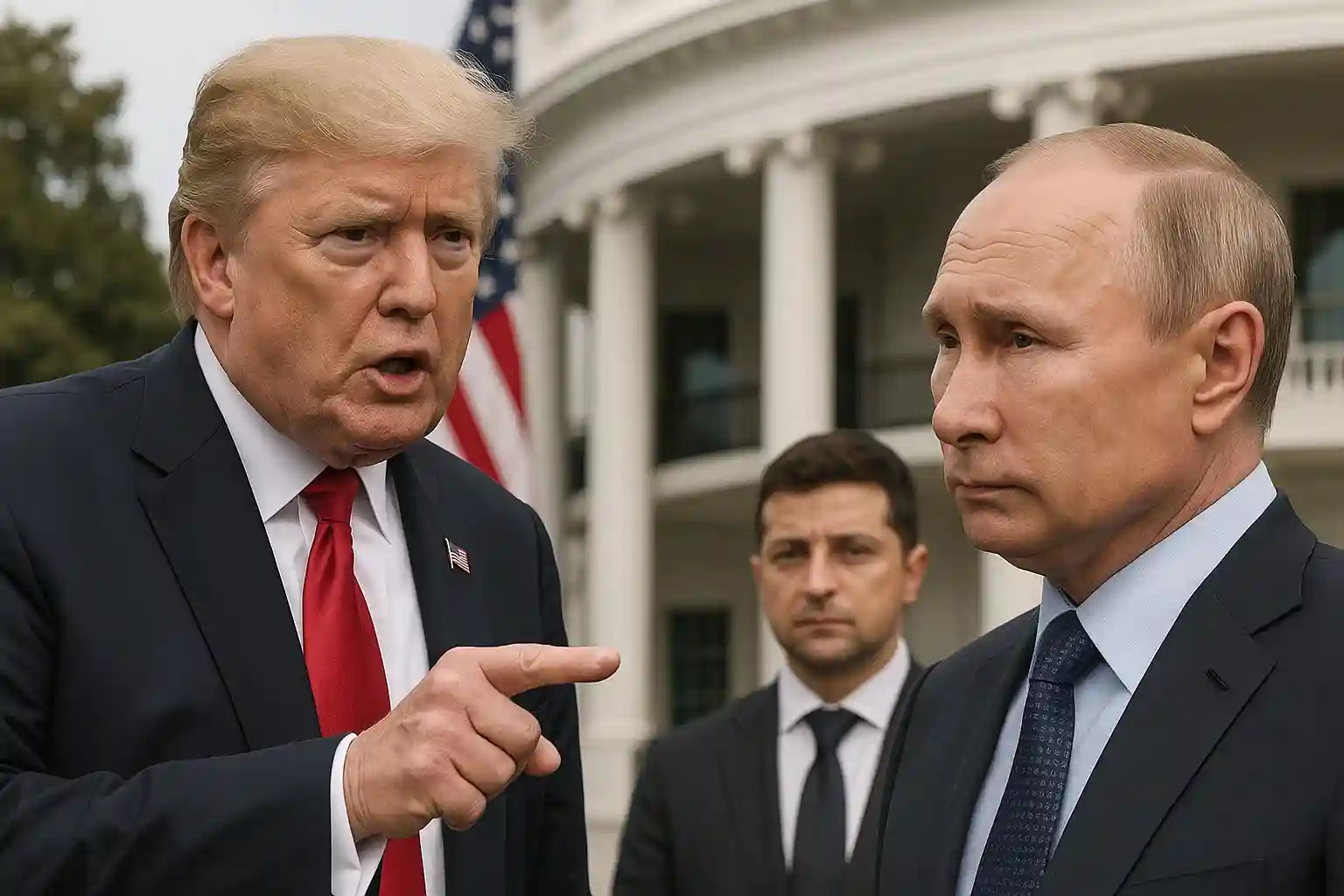Trump's Tariff Trap: Is He Pushing India into the Arms of Russia and China?

Trump's Tariff Trap: Is He Pushing India into the Arms of Russia and China?
The U.S. administration's use of aggressive tariffs against India, particularly the recent 50% levy on a range of Indian goods, is more than a trade dispute; it's a high-stakes geopolitical gamble. While Washington's objective is to compel India into a tighter alignment against its rivals, a crucial question is emerging in policy circles: Is this pressure inadvertently pushing New Delhi, a key U.S. partner, into a tighter embrace with Moscow and Beijing?
The punitive tariffs, rooted in a blend of trade imbalance grievances and a new penalty for India's oil imports from Russia, have placed India's core foreign policy doctrine of strategic autonomy under a severe test. Rather than abandoning this principle in favor of a single alignment, India's response has been to double down on it, demonstrating that it will not compromise its national interests for external pressure.
The Economic Catalyst for Multi-Alignment
For decades, India has masterfully balanced its relationships with various global powers. The latest tariffs, however, have provided a powerful economic catalyst for India to accelerate its policy of multi-alignment. While the U.S. has been its largest trading partner, the tariffs are highlighting the risks of over-reliance on a single market. This economic pressure is making Russia and China, despite their own complex relations with India, look like more appealing partners.
With Moscow, India’s engagement is rooted in a long-standing strategic partnership. The U.S. tariffs, intended to penalize India for buying discounted Russian oil, have led Russian officials to publicly offer to welcome Indian exports that may be shut out of the U.S. market. This has the effect of strengthening existing ties rather than weakening them, as India’s foreign minister has publicly hailed the India-Russia relationship as one of the "steadiest in the world."
India’s relationship with Beijing is more challenging due to persistent border disputes. Yet, in the face of U.S. tariffs, India and China are demonstrating a renewed pragmatism. Recent high-level meetings have resulted in agreements to resume border trade, resume direct flights, and to support each other in hosting upcoming BRICS summits. This cooperation, though limited, signals a shared interest in strengthening non-Western forums and challenging a U.S.-centric world order.
A Calculated Risk or a Geopolitical Miscalculation?
Washington's strategy is based on the assumption that India will eventually cede to pressure, valuing its partnership with the U.S. over its independent choices. However, this may prove to be a significant geopolitical miscalculation. By using trade as a weapon, the U.S. is not only eroding trust with a democratic partner but also providing a powerful reason for India to accelerate its economic diversification away from the dollar-dominated Western system.
This pressure is driving India to deepen its engagement with multilateral platforms like BRICS and the Shanghai Cooperation Organisation (SCO). These forums offer a crucial space for India to cooperate with Russia and China on shared interests, such as a desire for a multipolar world and a reform of global financial institutions. Ultimately, the tariff trap is not pushing India into the "arms" of Russia and China, as much as it is validating India’s own long-held belief that true independence comes from having a strong, multi-aligned foreign policy with no single point of failure.


